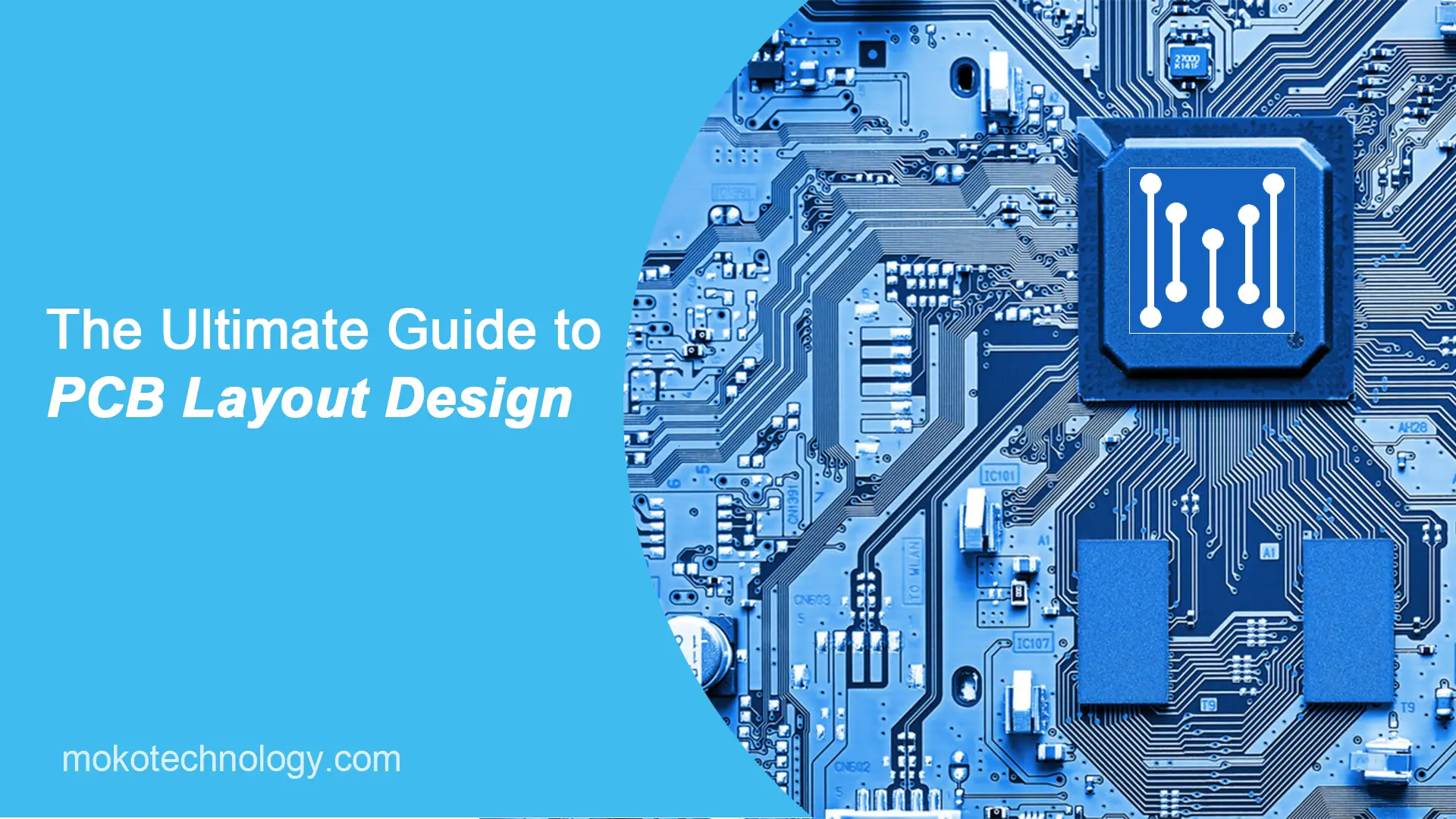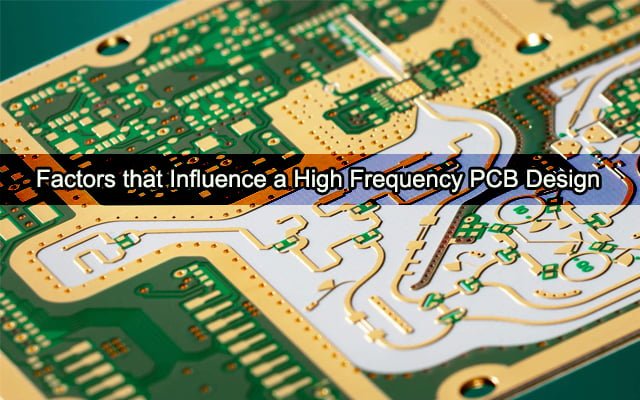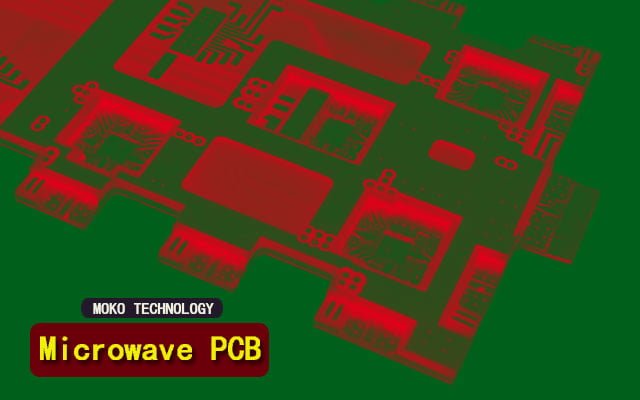No. Antenna signals shouldn’t interfere since the GSM and GPS are on different bands. However, the electronics might interfere with each other.
Put GPS and GSM modules on their own ground planes such that all the parts are covered, then connect ground and supply in one place, plus bypass it with capacitors right there. Use at least three – some high-quality 22pF in small package (0402), 1nF, and 100nF. At least the first two should be with NP0 dielectric. It is also a good idea to bring the power from the other layer and to connect the two grounds (for GSM and GPS planes respectively) as close as possible to the input power connector (or battery).
Read More: IoT Electronics Manufacturing
#PCB Design



